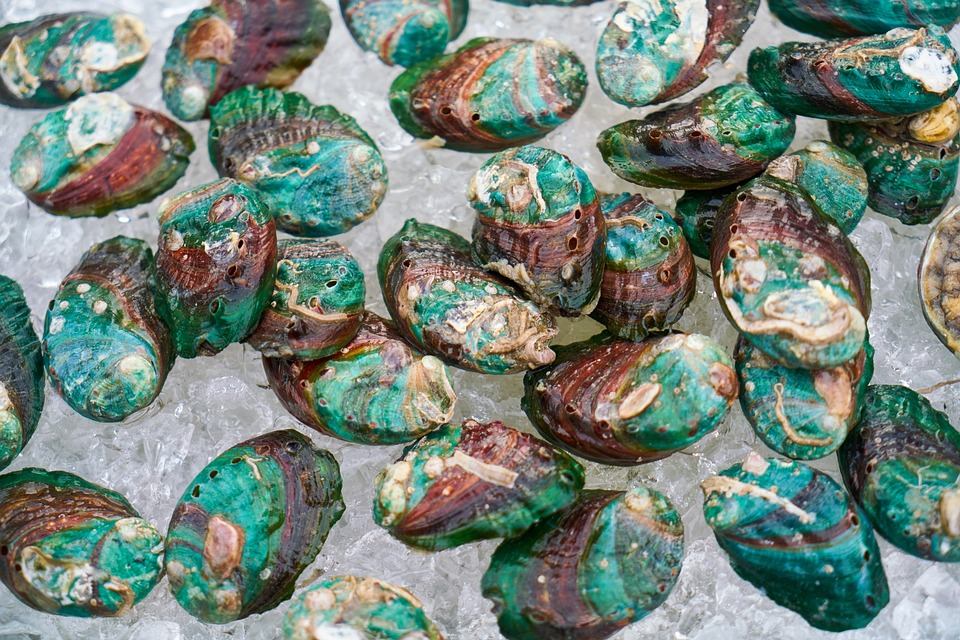There are 3 main phenomena or symptoms of psoriasis, which can be detected by scraping psoriatic plaques:
– “spot stearin” phenomenon – when scraping the surface of psoriatic plaque, silvery-white scales will appear that look like stearin – a tasteless and odorless substance used in soap making, etc.
– The “final film” phenomenon (also known as the “psoriasis film” phenomenon) – with further scraping of the psoriatic plaque under abundant silvery-white scales, a thin, translucent, film-like skin appears
– “Puette hemorrhage” phenomenon (also known as “blood macula”) phenomenon – with further scraping of the plaque, a hemorrhage point will appear – small points of blood
In the progressive stage of psoriasis, the Koebner phenomenon is also observed, which was first demonstrated by Professor Koebner in 1872 – with any kind of injury to the skin, whether it be a scratch, wound, irritation, etc. – a new psoriatic plaque appears at the site of the injury.
The progressive stage of psoriasis is usually noticed with the first appearance of psoriasis on a person’s body. It is therefore absolutely essential to pay attention to any skin infections the moment psoriasis first appears. Any injury, be it scratches obtained from a pet, piercing your ears, getting a tattoo etc. – may trigger psoriasis plaques to appear precisely on the affected areas.
Psoriasis first appears as small red papules covered with silvery-white scales. The papules grow and merge with each other, forming psoriatic plaques. The plaques usually have very clear borders and are easily distinguishable from skin that has not been affected by psoriasis.
Psoriasis in the progressive stage is usually accompanied by itching, which subsides when the process turns into a stationary stage. In the regression stage, psoriatic plaques flatten and disappear, leaving behind only bright spots, which also disappear with time.
Psoriasis usually “prefers” the following skin sites: the extensor surfaces of the elbows, knees and scalp, then it may also appear on the chest, back and the rest of the body.
Psoriasis also often appears on the nails. In this case, the nails become brittle, lose their shine and color, and rise above the nail bed. Psoriasis on the nails also often appears after some kind of nail damage – applying artificial nails, etc.
Sometimes psoriasis can also affect the joints – this type of psoriasis is called psoriatic arthritis or psoriatic arthritis. In this case, joint pain may appear, as well as deformities in the joints if the process progresses further without effective treatment.
Some lucky people never develop psoriasis anywhere other than their elbows and knees—they have what’s called “plaques on the job.” Those lucky ones may never have the pain of scalp psoriasis, nail psoriasis, or psoriatic arthritis.
